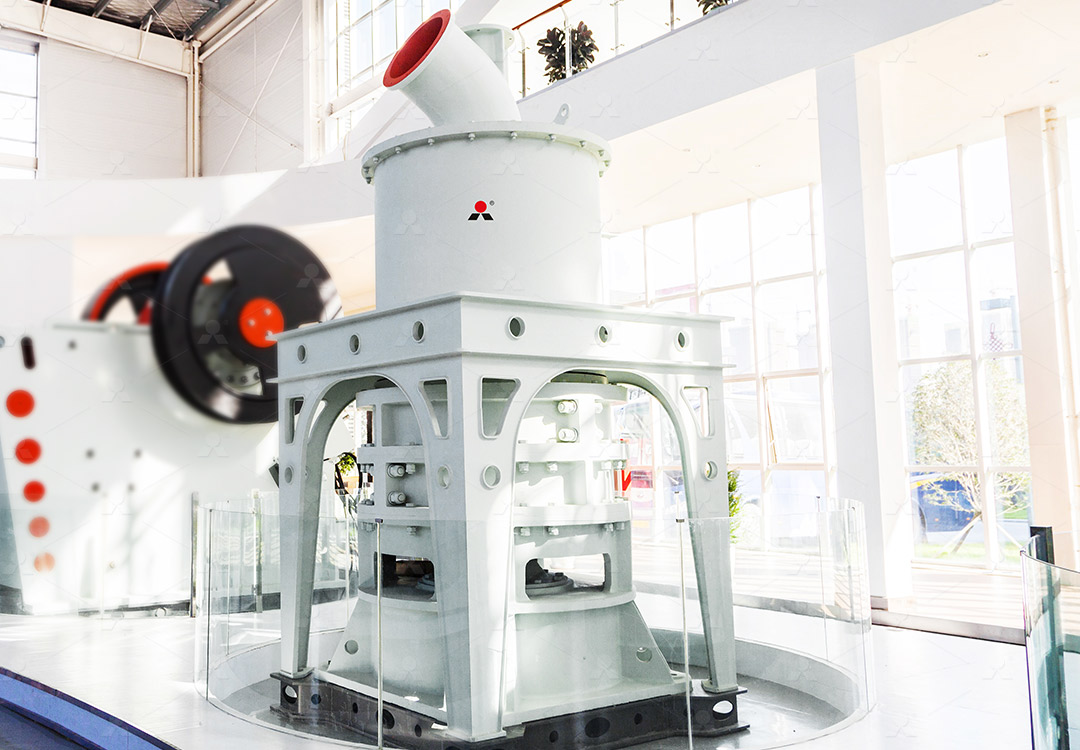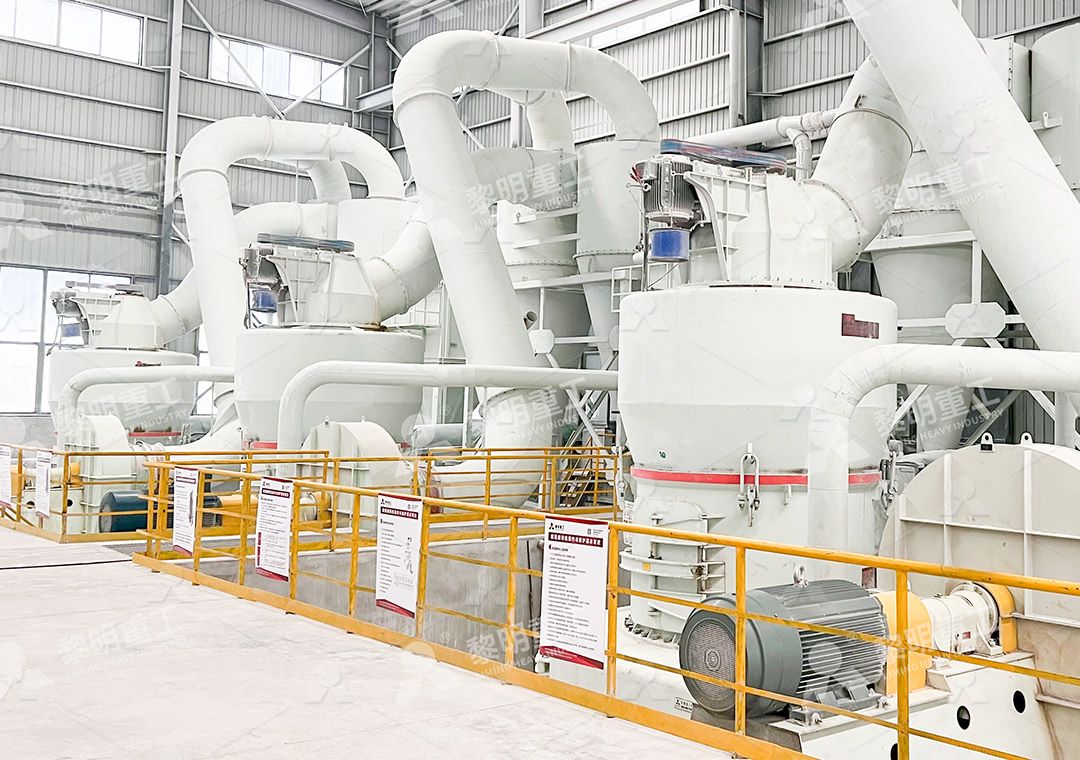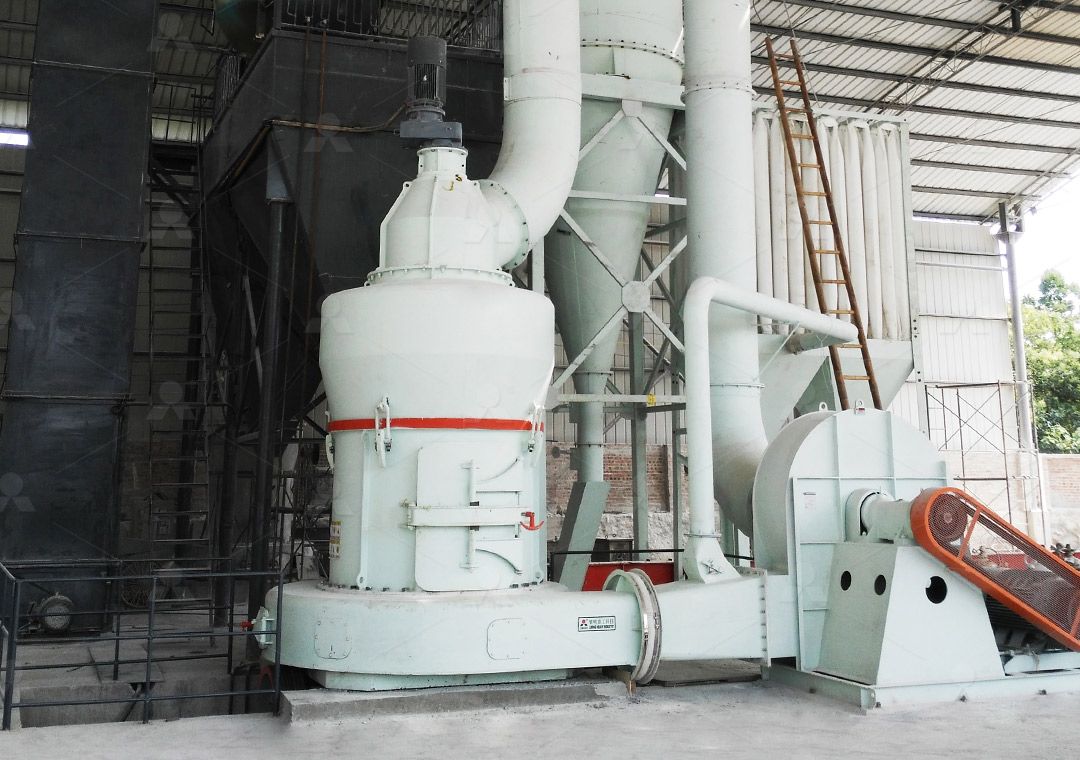Roller Mill for Stone Powder Production: Achieving Precision and Efficiency
Roller Mill for Stone Powder Production: Achieving Precision and Efficiency
The production of fine stone powders represents a critical process across numerous industries, from construction materials to cosmetics and chemicals. The choice of grinding equipment directly impacts product quality, operational costs, and environmental compliance. Modern roller mill technology has evolved significantly to meet these diverse demands, offering solutions that balance precision grinding with energy efficiency.

When selecting equipment for stone powder production, several factors demand consideration: particle size distribution, production capacity, energy consumption, and environmental impact. The grinding mechanism employed—whether compression, impact, or attrition—determines the final product characteristics and operational efficiency.
The Evolution of Grinding Technology
Traditional ball mills, while reliable, often suffer from high energy consumption and limited control over particle size distribution. The industry has progressively moved toward more specialized vertical roller mills that offer superior efficiency and precision. These advanced systems integrate multiple processes—crushing, drying, grinding, and classification—into single, compact units.
One standout solution in this category is the MW Ultrafine Grinding Mill, engineered for customers requiring ultra-fine powder between 325-2500 meshes. With an input size of 0-20 mm and capacity ranging from 0.5 to 25 tph, this machine represents the cutting edge in grinding technology. Its innovative design eliminates rolling bearings and screws in the grinding chamber, addressing common failure points that plague conventional mills.
Key Considerations in Mill Selection
Production managers must evaluate several technical aspects when specifying grinding equipment. The hardness and moisture content of raw materials significantly influence mill selection, as does the required fineness of the final product. Modern mills must also address environmental concerns through effective dust collection and noise reduction systems.

The MW Ultrafine Grinding Mill incorporates an efficient pulse dust collector and muffler system, ensuring compliance with stringent environmental standards. Its cage-type powder selector, utilizing German technology, provides exceptional separation precision, achieving d97≤5μm in a single pass. This level of performance makes it ideal for processing materials including limestone, calcite, dolomite, and barite for applications in chemicals, paints, cosmetics, and food additives.
Operational Advantages of Modern Mills
Contemporary grinding systems offer substantial benefits over traditional equipment. The newly designed grinding curves of the MW series enhance efficiency, delivering 40% higher production capacity compared to jet grinding mills at the same fineness and power settings. Meanwhile, system energy consumption is reduced to just 30% of equivalent jet milling operations.
Another notable solution is the LUM Ultrafine Vertical Grinding Mill, which combines Taiwanese grinding roller technology with German powder separating technology. With an input size of 0-10 mm and capacity of 5-18 tph, this mill features unique roller shell and lining plate grinding curves that facilitate material layer generation and high finished product rates in a single pass.

Technical Innovations Driving Efficiency
The most significant advancements in roller mill technology focus on reducing maintenance requirements and improving operational reliability. The external lubrication system of the MW series allows continuous 24-hour operation without shutdowns for maintenance. Similarly, the LUM mill’s reversible structure enables easy access to grinding components, minimizing downtime during servicing.
Digital processing techniques have revolutionized manufacturing precision across both product lines. Numerical control machining ensures high precision for core components, while PLC control systems allow accurate adjustment of grinding pressure, revolution speed, and other critical parameters.
Frequently Asked Questions
What is the typical particle size range achievable with modern roller mills?
Advanced mills like the MW Ultrafine Grinding Mill can produce powders ranging from 325 to 2500 meshes, with some models capable of achieving d97≤5μm in a single pass.
How do roller mills compare to traditional ball mills in terms of energy consumption?
Modern roller mills typically reduce energy consumption by 30-50% compared to ball mills, while offering higher production capacity and better particle size control.
What maintenance advantages do contemporary designs offer?
Innovations such as the absence of rolling bearings in the grinding chamber (MW series) and reversible structures (LUM series) significantly reduce maintenance requirements and associated downtime.
Can these mills handle materials with different hardness levels?
Yes, through adjustable grinding pressure and revolution speed controls, modern mills can process materials ranging from soft talc to harder minerals like dolomite and barite.
What environmental features are incorporated?
Pulse dust collectors, mufflers, and negative pressure systems ensure dust-free operation and noise reduction, meeting international environmental standards.
